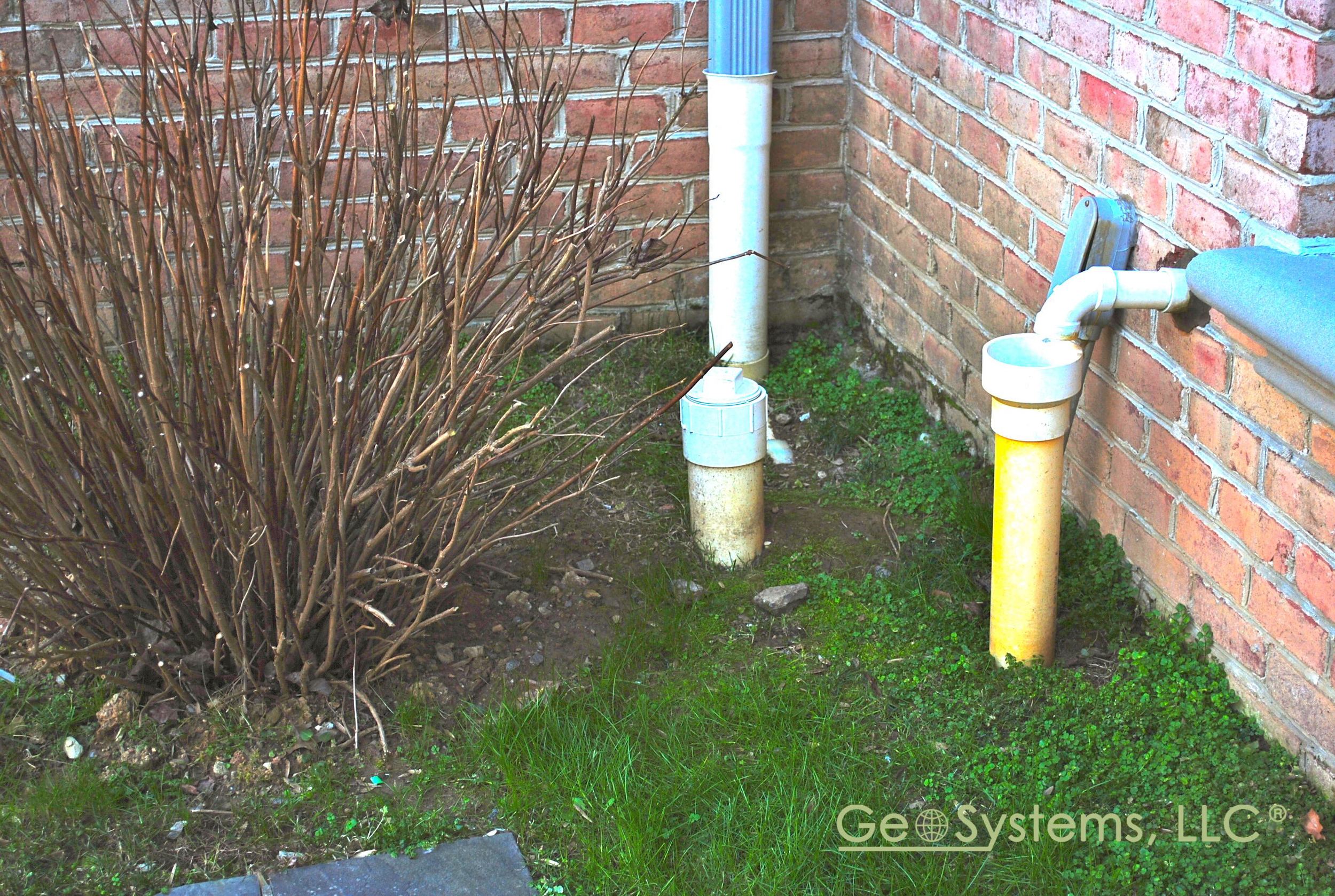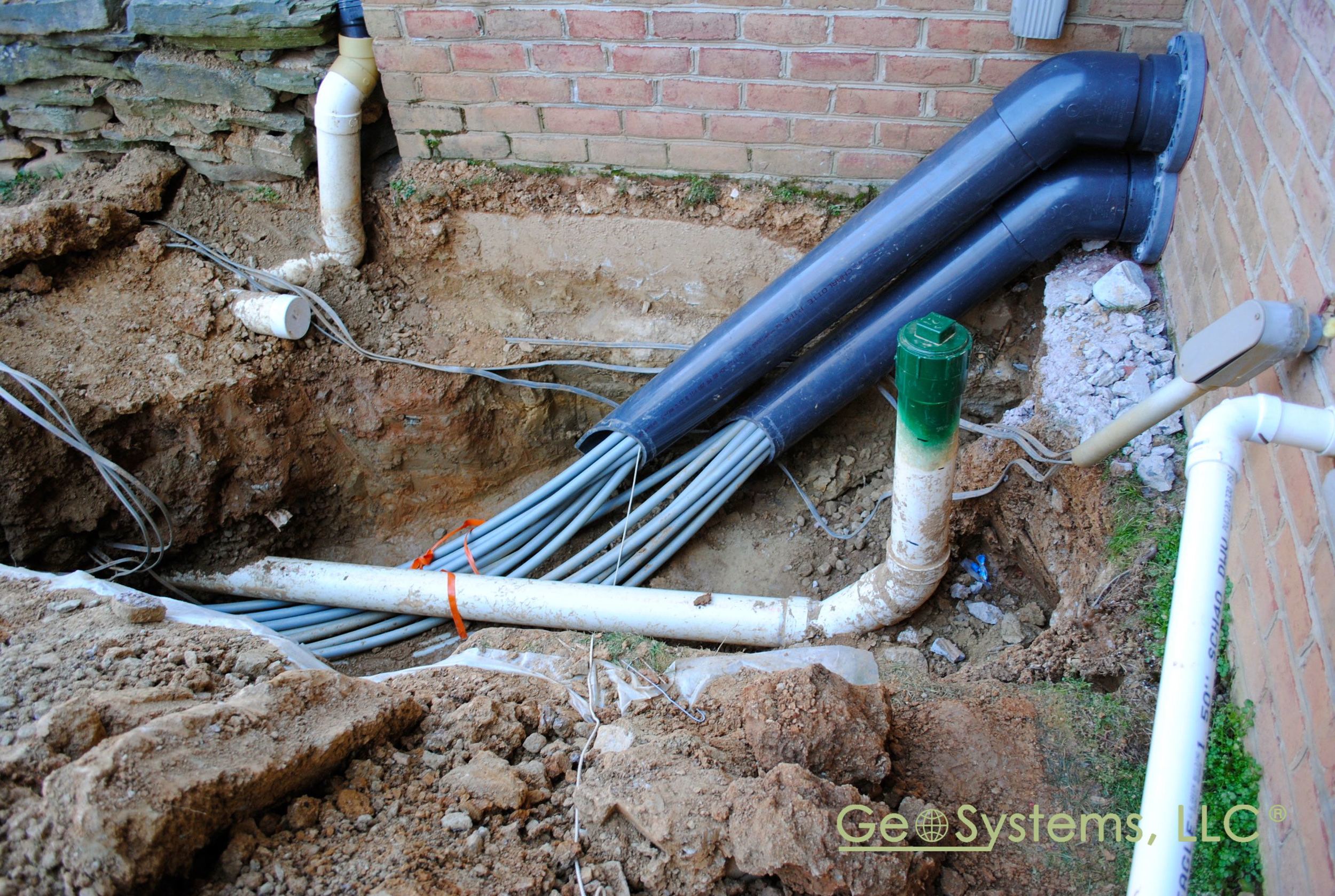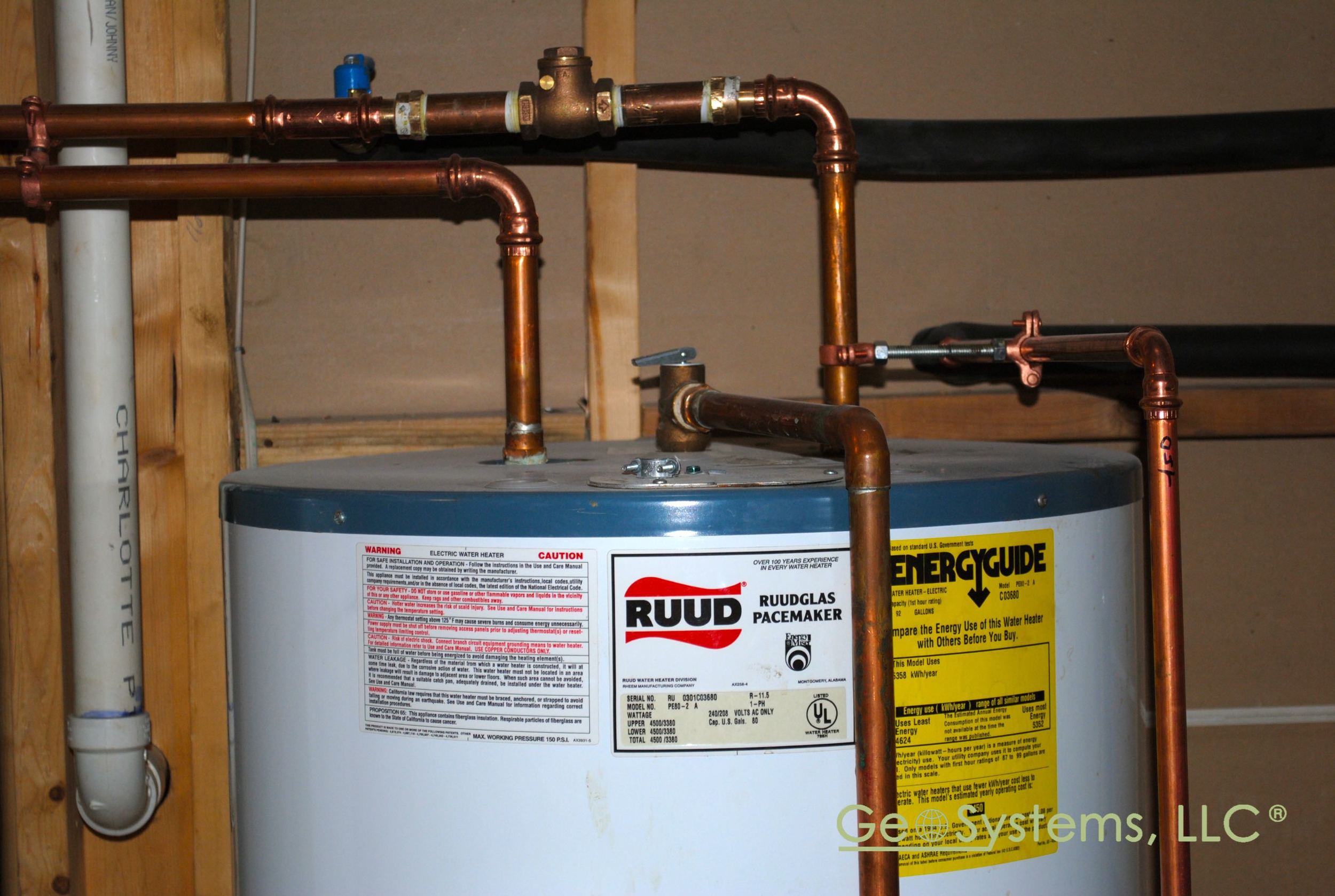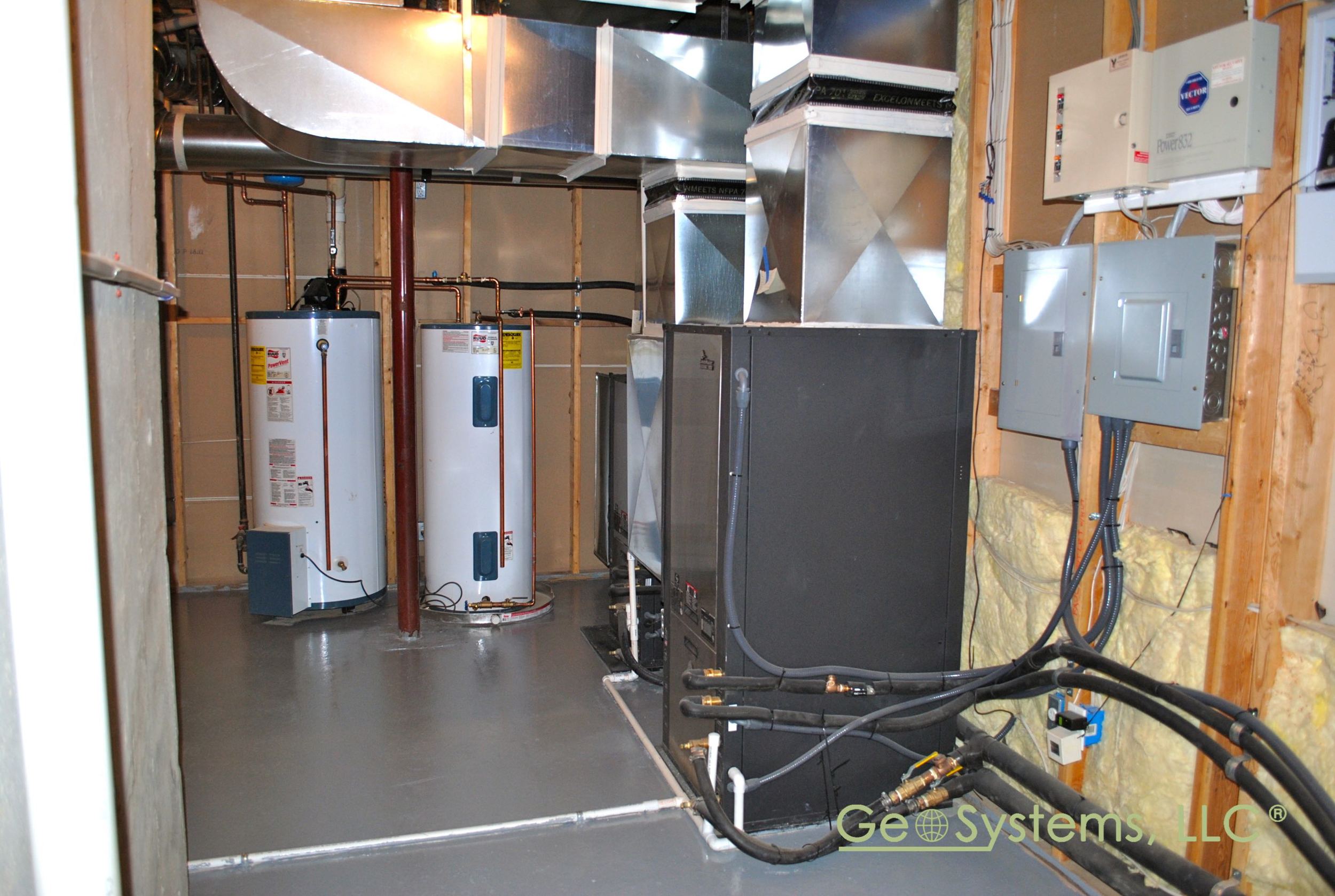Geothermal: What’s in a Name?
/Geo, GeoExchange®, geothermal, ground source, water source, earth source, earth energy, and on and on… What do they all mean ?
All of these terms are related, and some of them are interchangeable. GeoExchange and its associated logo (shown above) are registered trademarks of the Geothermal Heat Pump Consortium, Inc. (GHPC), and differentiate products or services provided by Members of GHPC.
The term itself is made up of two parts: “Geo” refers to the earth itself, and “Exchange” indicates the process used by geothermal heat pumps to move heat to or from the earth to heat and cool homes, businesses or government facilities.
By way of clarification, a “heat pump” is equipment that uses a refrigerant to move heat from one place to another. This process often involves moving heat from an area of lower temperature to an area of higher temperature. The term “pump” is used because this process works against the normal flow of heat from hotter areas to cooler areas.
So, much like a water pump can pump water uphill, a heat pump can pump heat “uphill” from cooler areas to hotter areas. Refrigerators and conventional air conditioners both use this technology, but they only work in one direction, cooling the inside of your refrigerator or building. By contrast, heat pumps are specially designed to be able to reverse this process to be able to either heat or cool. (So, in a way, refrigerators and conventional air conditioners are “half a heat pump.”
A geothermal heat pump is equipment which uses the ground or ground water as a thermal energy source to heat a building, or as a thermal energy sink to cool a building. So you can see why this technology is also sometimes called “earth energy”. “Ground source heat pump” means the same thing, and the terms can be used interchangeably. “Ground source” differentiates this type of heat pump from an “air source” heat pump, which uses the air as the heat source or heat sink.
Some geothermal heat pumps belong to a larger category called “water source” heat pumps, because water is pumped through them to provide or absorb heat to the refrigerant inside the heat pump. If this water piping is buried in the ground, the equipment is a geothermal heat pump. If this water piping instead circulates to a boiler or a cooling tower, the equipment is a water source heat pump, but is not geothermal.
Other geothermal heat pumps are categorized as “direct exchange” units, because a refrigerant is pumped directly through piping (usually highly conductive copper) buried in the ground to create efficient GeoExchange for heating and cooling.



































